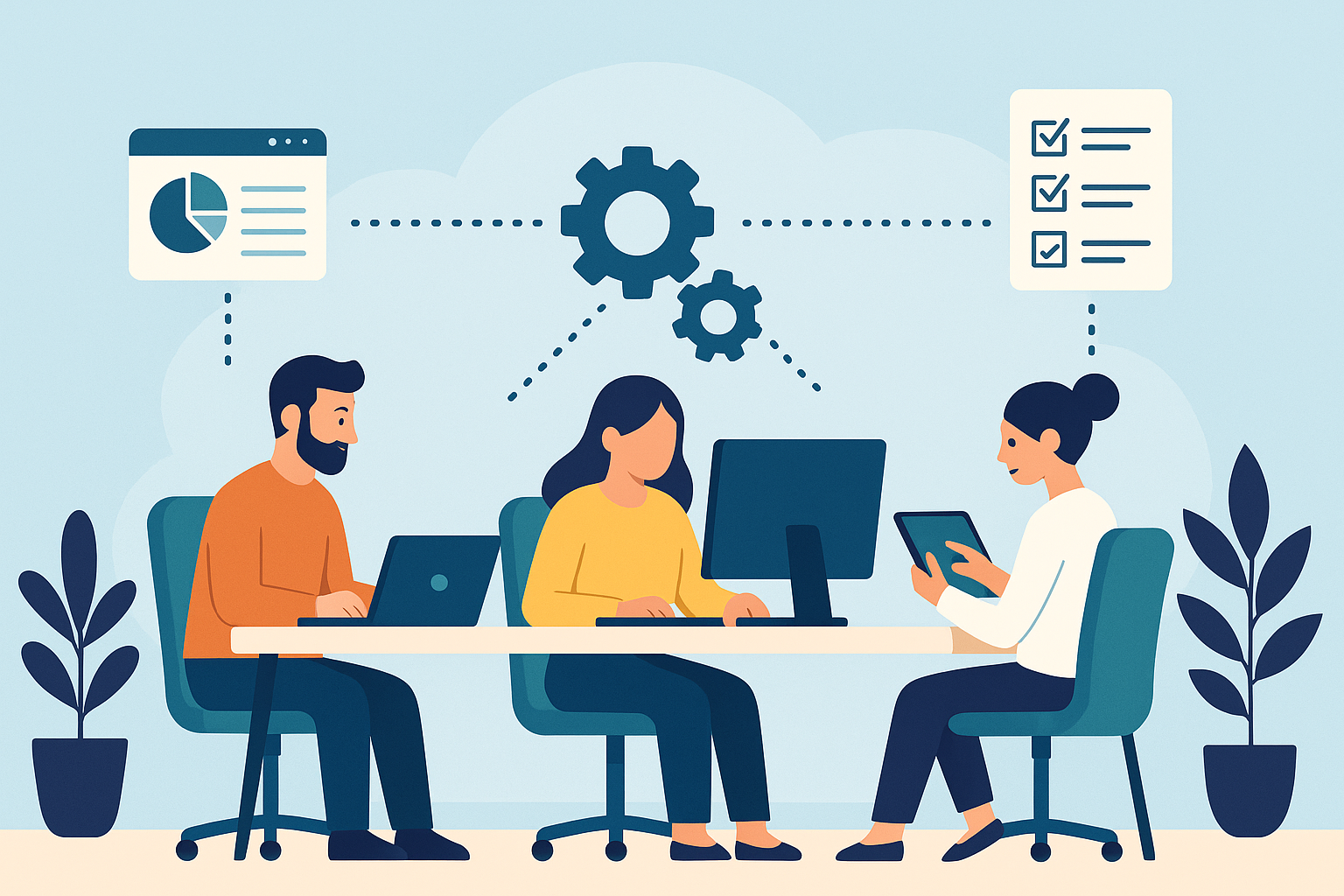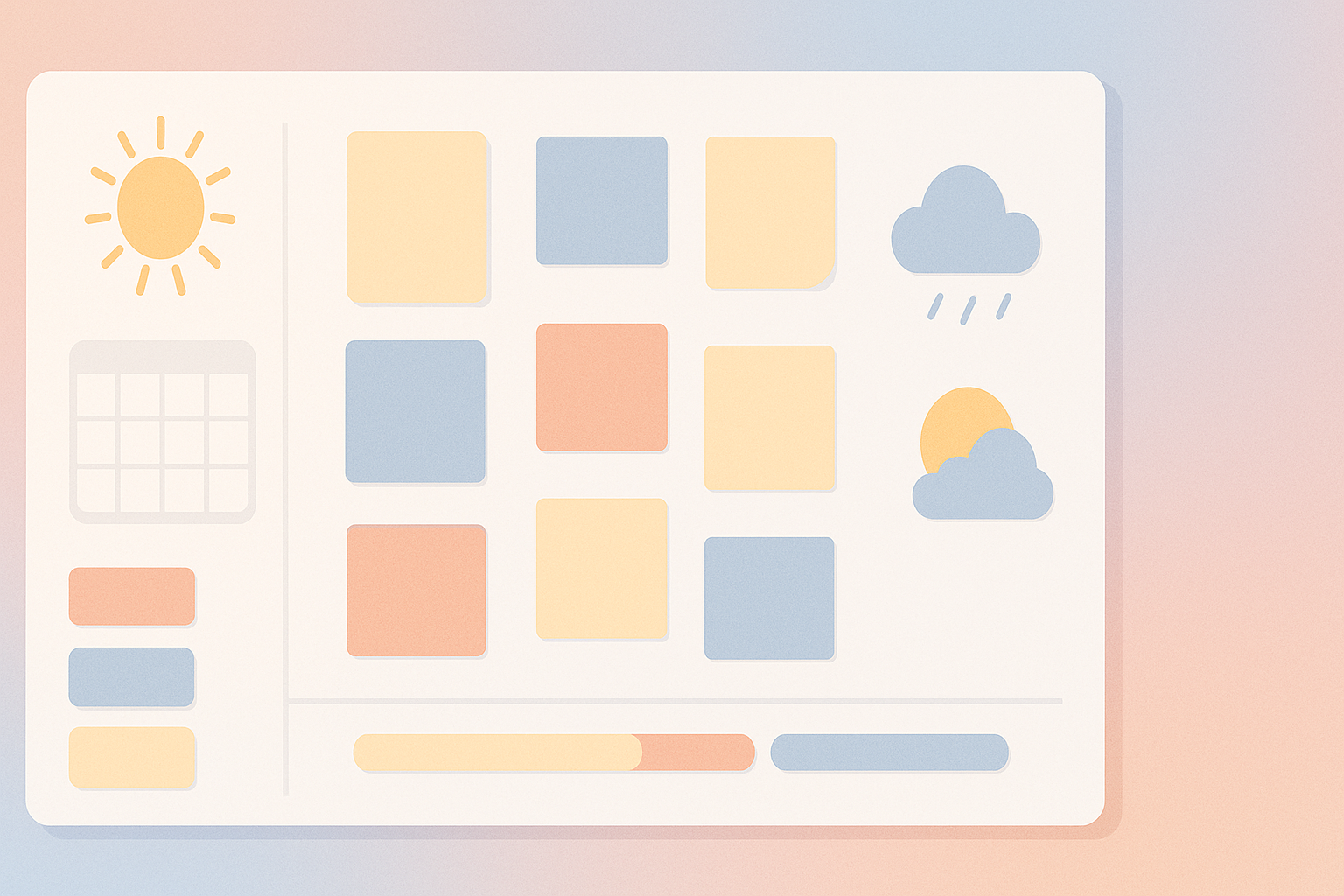Online whiteboarding tools like Miro, Mural, and Microsoft Whiteboard allow for real-time visual collaboration in the cloud. While convenient, these tools also introduce security risks that teams need to be aware of. This article provides some best practices for securing your online whiteboard sessions and data.
Limit Access and Use Strong Passwords
The first step is limiting whiteboard access to only those who need it. Many whiteboarding platforms allow you to set view and edit permissions at a granular level. Restrict access to only active team members.
Additionally, use strong complex passwords for whiteboard accounts and enforce regular password changes. Enable two-factor authentication for an extra layer of security.
Ensure all users have installed antivirus and firewall software applications. Products like antivirus for Chromebook are essential for anyone using online tools for work.
Beyond basic protections, cross-platform teams should deploy advanced antivirus protection for PC and Mac to block ransomware, phishing downloads, and malicious scripts during whiteboard sessions. Look for real-time scanning, web filtering, and rollback capabilities to keep shared files and screenshots clean.
Manage Guest Access Carefully
Whiteboarding tools often allow guest access to facilitate collaboration with clients or external partners. Be selective in who you invite as a guest and limit their access rights to view-only if possible. Ensure guests only retain access for the duration of a specific project.
Regularly audit guest accounts and remove access immediately after a collaboration session ends. Educate internal users on the risks of sharing whiteboard links externally.
The Risks of Not Properly Managing Guest Access
There are several potential risks of not properly managing guest access to an online whiteboard:
• Data leakage – Guests may be able to access, copy, or share sensitive information on the whiteboard that they should not have access to. This could lead to confidential business, customer, or product data falling into the wrong hands.
• Board disruption – Guests with ongoing access could accidentally modify or even delete key information on the whiteboard, disrupting the team’s work.
• Compliance risks – Improper guest access could violate data protection, financial, healthcare or other compliance regulations related to third-party data access.
Enable Session Locks
Many whiteboard platforms allow hosts to lock a session when not in use. This prevents unauthorized access to the board when the team takes a break. Ensure session locks are enabled by default for all boards.
Model Security Protocols
Educate your team on data security best practices for the whiteboard. For example, sensitive data like customer information should not be placed on a shared whiteboard. Role model secure behavior by calling out and removing any confidential data added to boards.
Back Up and Delete Data
Download whiteboard screenshots and exports regularly so you have backups if the data is compromised. When a project ends, wipe the whiteboard clean and delete the board if it is no longer needed. Avoid maintaining outdated boards that serve no purpose.
Assess Your Providers Security
Research your whiteboard provider’s security standards, encryption methods, and access controls. Select a provider that prioritizes online security to better safeguard your whiteboard data in the cloud.
With thoughtful precautions, online whiteboarding can be executed securely. Limit board access, manage guest privileges, enable locks, train your team, backup data, and choose secure providers. Keeping your whiteboard data protected requires ongoing vigilance, but it is necessary for productive and safe collaboration.
Published: November 4, 2024





